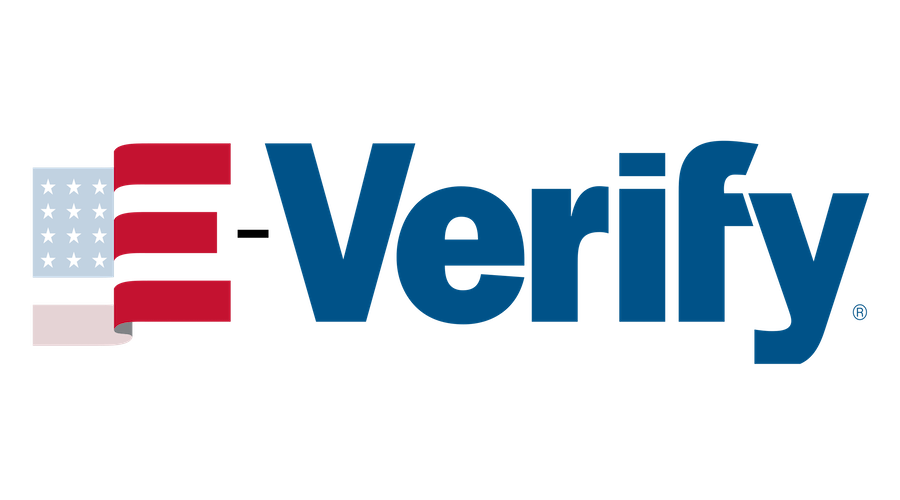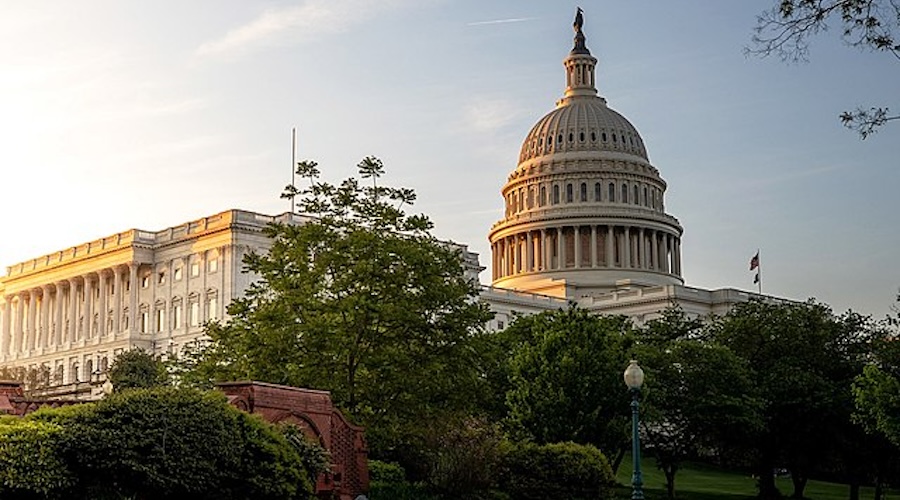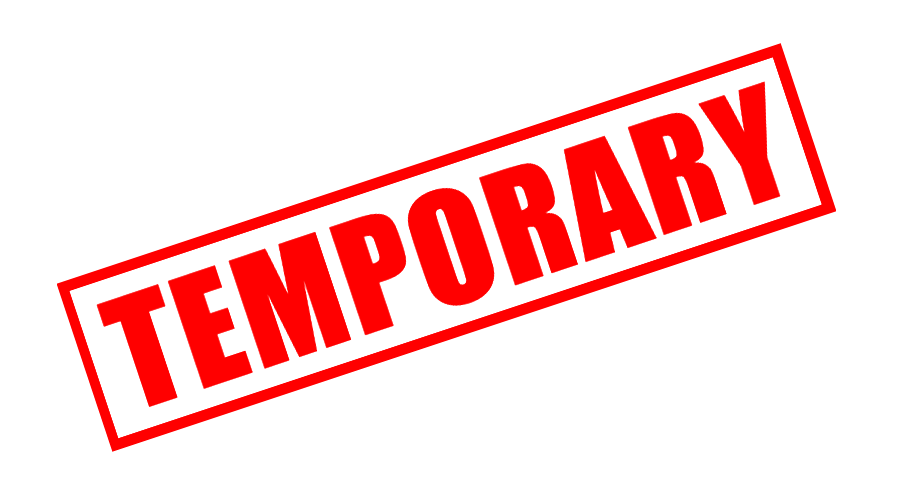
E-Verify: Eliminating Illegal Immigration’s Primary Pull Factor
Fact Sheet - Wednesday, June 18, 2025
Federal Agency Oversight: USCIS
The Basics:
-
In 1986, President Ronald Reagan signed the infamous amnesty bill, the Immigration Reform and Control Act. That legislation made it unlawful to employ illegal aliens and required employers to examine documentation from each newly hired employee to prove identity and eligibility to work in the United States.
-
This led to the creation of the I-9 process of Employment Eligibility Verification.
-
The Illegal Immigration Reform and Immigrant Responsibility Act (IIRIRA) of 1996 required the creation of pilot programs to determine the best method of verifying employment eligibility for new hires. The goal was to defeat the proliferation of fraudulent documents that had become rampant following the establishment of the I-9 process.
-
In 1997, the Immigration and Naturalization Service (INS—the precursor of the Department of Homeland Security), in conjunction with the Social Security Administration (SSA), implemented the Basic Pilot Program in California, Florida, Illinois, Nebraska, New York and Texas. The pilot allowed employers, on a voluntary basis, to compare the I-9 form information with SSA and INS records.
-
In 1998, the verification process was streamlined so employers could use computers to verify the information.
-
In 2004, the Basic Pilot Program’s verification process moved online.
-
In 2005, the electronic verification system was made available, on a voluntary basis, to all employers across the country.
-
In 2007, the Basic Pilot Program was renamed E-Verify and new features were added, including an automatic flagging system that prompts employers to double-check the data entered into the web interface for cases about to result in a mismatch.
-
On June 11, 2008, President George W. Bush amended Executive Order 12989 to require certain federal contractors to use E-Verify along with Federal agencies.
-
E-Verify enrolled it’s 500,000th employer in 2014.
-
In October 2018, E-Verify implemented a photo-match tool that allows employers to match the driver’s license photo to the new hire. This tool is available for 41 states, the District of Columbia, and Puerto Rico, which share driver’s license data with the Department of Homeland Security (DHS).
-
As of June, 2025, over 1 million employers are enrolled in E-Verify, processing millions of verifications annually.
-
In FY 2024, 98.5% of employees processed through E-Verify were almost instantly verified as authorized for employment.
The Problem:
-
The primary pull factor motivating illegal entry into the United States is the opportunity for employment. The vast majority of illegal aliens entering the United States would not come if they did not believe they would be able to work here. We saw repeatedly during the Biden Administration that aliens crossing the border illegally admitted they were coming for jobs.
-
The use of E-Verify by employers is purely voluntary, and usage is woefully low nationwide.
-
Multiple industries like agriculture, meat processing, construction, and hotel/hospitality are full of illegal-alien employees because the employers refuse to verify their status at the time of hiring.
-
It is indisputable that employers hire illegal aliens because they accept lower wages and worse working conditions than Americans and legal immigrants will accept.
-
These industries, not coincidentally, are perennial members of the Department of Labor’s Low Wage High Violation industries.
-
While President Bush expanded E-Verify mandates for Federal agencies and contractors, he exempted many Federal contractors under the broad category of “Commercially Available Off-the-Shelf” (COTS) contractors.
-
Some states, like Florida and Alabama, have their own mandates for use of E-Verify for some employers, while other states, like Illinois and California, explicitly restrict the use of E-Verify by employers in the state.
-
Not surprisingly, the patchwork of State requirements adds burdens to interstate employers and frustrates enforcement of immigration law, as employers and illegal aliens can simply move operations to states that protect illegal foreign labor competition.
LEGISLATIVE RECOMMENDATION: Congress must pass legislation to require all U.S. employers to use E-Verify. Representative Ken Calvert has introduced the Legal Workforce Act, H.R. 251, which would phase in the use of E-Verify over a period of 2.5 years. It also creates a defense against prosecution for hiring illegal aliens for employers that use E-Verify in good faith. Senator Chuck Grassley has introduced the Accountability Through Electronic Verification Act, S. 1151, which would require all U.S. employers to use E-Verify within one year of enactment. The Calvert bill was included in House Republicans’ signature border security bill, H.R. 2, last year and passed by the House. The Senate never took it up for a vote.
ADMINISTRATIVE RECOMMENDATION: The Trump Administration should amend Executive Order 12989 to remove all exemptions from E-Verify enrollment and usage for COTS contractors and all other workers hired by the government, its contractors, or any subcontractors. Additionally, E-Verify enrollment and usage should be a requirement for any employer seeking any discretionary benefit or accommodation from the U.S. government.
Download Fact Sheet
E-Verify: Eliminating Illegal Immigration’s Primary Pull Factor

Fact Sheet - The U.S. Immigration System

Fact Sheet - EB-3: Third in Preference, Last in Our Hearts

Fact Sheet - Temporary Protected Status: De Facto Amnesty

Fact Sheet - The Visa Lottery: Surrendering Sovereignty to Random Chance

Fact Sheet - Pause Admissions Until Security Ensured (PAUSE) Act of 2025, H.R. 6225
